12 Most Overlooked Items for Any Emergency Stockpile
Everyday disruptions—bad weather, power outages, or empty store shelves—can throw routines off fast. Stocking up on basic essentials is a simple way to stay prepared without spending much or needing extra space. A few well-chosen supplies can make all the difference when things don’t go as planned. Here are some of the most useful items to have on hand.
Rice
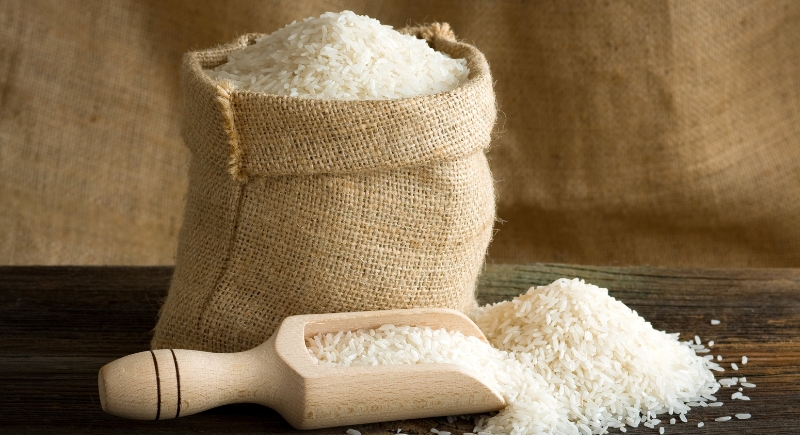
Credit: Getty Images
Few foods stretch further than rice, and that is why it tops many emergency lists. A 20‑pound bag costs about $10 to $20 and can feed a family for weeks. It stays good for years if stored in airtight containers in a dry space. It pairs well with almost any ingredient and works in soups, casseroles, and stir-fries, making it a flexible, budget-friendly staple.
Canned Vegetables and Fruits
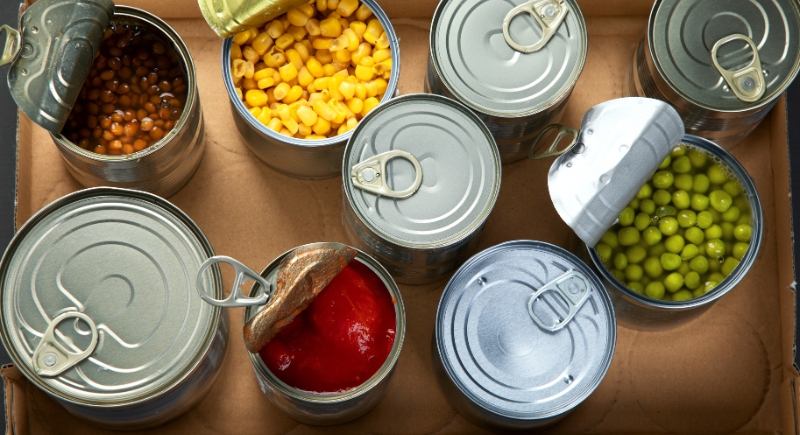
Credit: Getty Images
A single can priced between 50 cents and $2 holds nutrition ready to use. Carrots, beans, corn, peaches, and pears require no prep, and they stay good on a shelf for years. During emergencies, these provide fiber, vitamins, and variety when fresh produce is hard to find.
Peanut Butter

Credit: Getty Images
Peanut butter is one of those rare foods that work hard without costing much. It can sit in storage for months before opening, ready whenever needed. Some use it for sandwiches, others blend it into shakes, and bakers rely on it for extra richness. Its concentrated calories and nutrients make it a smart pick when food options are limited.
Multitool
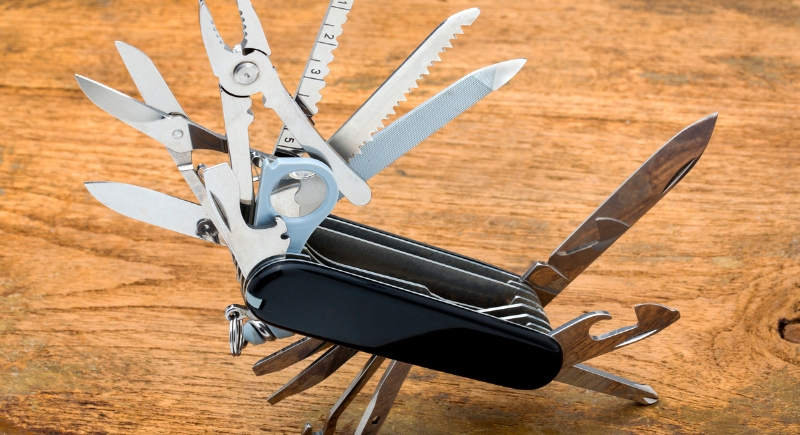
Credit: Canva
Instead of digging through drawers for separate tools, a multitool offers everything in one. Good models include pliers, screwdrivers, a blade, and a can opener. It’s the kind of gadget that proves useful in daily life and in emergencies. A quick repair, opening a stubborn can, or cutting rope becomes simple with this in hand.
Bottled Water

Credit: Getty Images
Water remains the ultimate necessity, with each person needing about a gallon per day. A 24‑pack of 16.9‑ounce bottles often costs around $3 to $6. Stash several cases in a closet or under a bed, and rotate them every six months.
Oats and Cereals

Credit: Getty Images
For quick breakfasts and easy baking, oats and cereals are unbeatable. They cost between 2 and 5 dollars per container. Oats can be turned into porridge, cookies, or homemade granola, while cereal works as a fast meal when time is tight.
Spices and Seasonings

Credit: Getty Images
Meals taste better when seasoned well, and small jars of spices can last for years. Garlic powder, paprika, cinnamon, and oregano cost as little as a dollar or two and pack a flavor punch. A well‑spiced soup or pasta can lift moods even in stressful times. Stock up on favorites and keep them in a cool, dark cabinet for freshness.
Cooking Oils
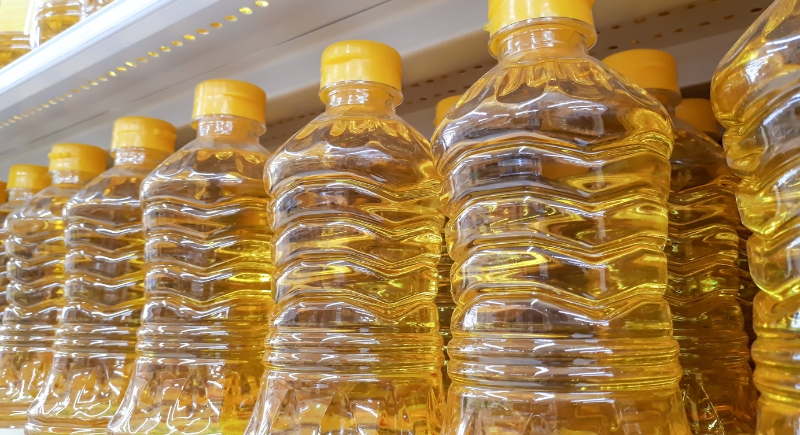
Credit: Getty Images
Olive oil and vegetable oil make everything from frying to baking possible. Some oils even add health benefits—olive oil provides heart‑healthy fats. Use them to sauté vegetables, make dressings, or keep pasta from sticking.
First Aid Supplies
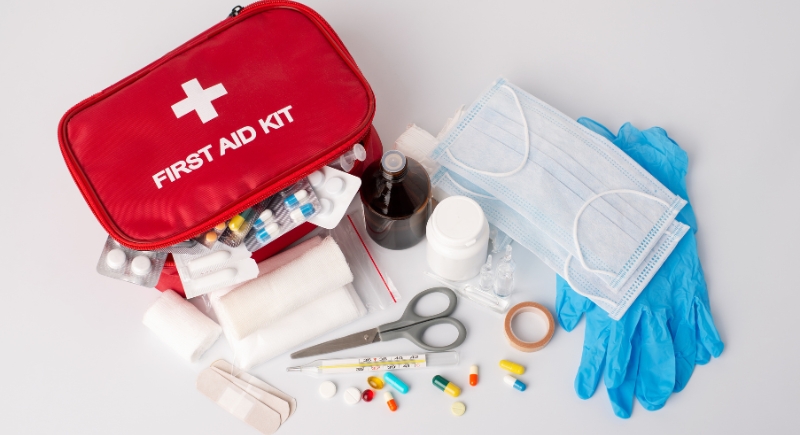
Credit: Getty Images
Emergencies don’t need invitation. That’s why a small kit with bandages, gauze, tweezers, antiseptic wipes, and over‑the‑counter pain relievers is what you should have to deal with them. It’s wise to check expiration dates and restock yearly. Having supplies ready means cuts or sprains can be handled quickly at home.
Dried Beans and Lentils
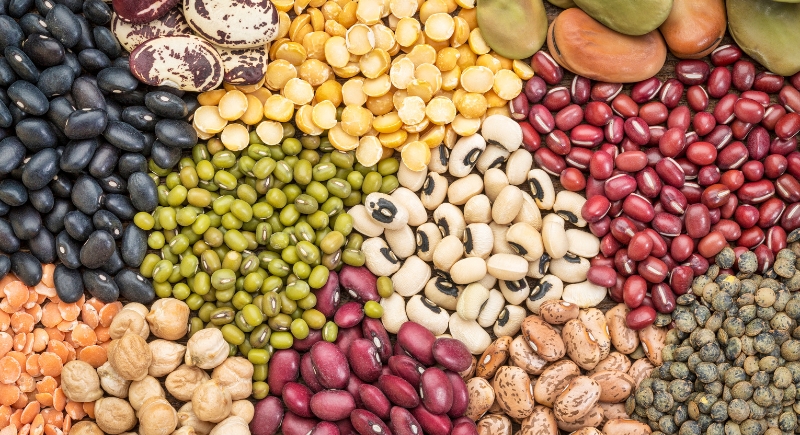
Credit: Getty Images
Beans and lentils are inexpensive powerhouses, often sold at 1 to 3 dollars per pound. Soaked and simmered, they become hearty meals full of protein and fiber. They work in soups, burritos, or salads and stay good for years in sealed bags.
Bleach
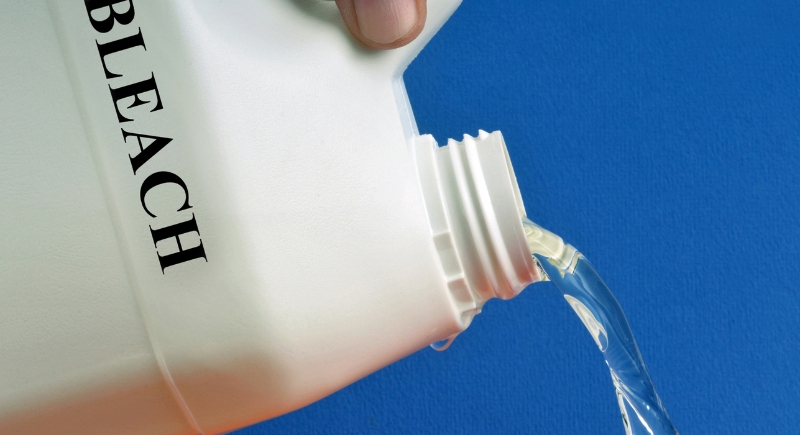
Credit: Getty Images
Ordinary household bleach can disinfect surfaces and purify water. Adding just eight drops of unscented bleach per gallon makes water safer to drink in a pinch. Keep it in a well‑ventilated storage area and never mix it with ammonia. A single bottle could make all the difference in sanitation.
Candles and Matches
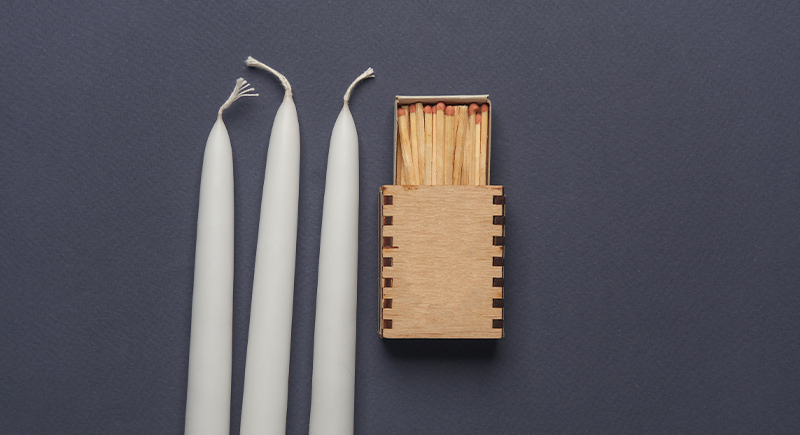
Credit: iStockphoto
Flashlights might fail, but a candle keeps working. Just a few dollars buys enough to last through several outages. Waterproof matches cost little and should be tucked in a sealed jar or tin. When the power’s out, a quiet room with candlelight feels less harsh and a little more bearable.
Batteries

Credit: pixabay
Many critical gadgets rely on AA or AAA batteries, which range. Flashlights, radios, and even some medical devices need a steady supply. Rotate older packs to the front and store them in a cool, dry place. Rechargeable versions work well if solar or manual chargers are also part of the emergency plan.
Toilet Paper
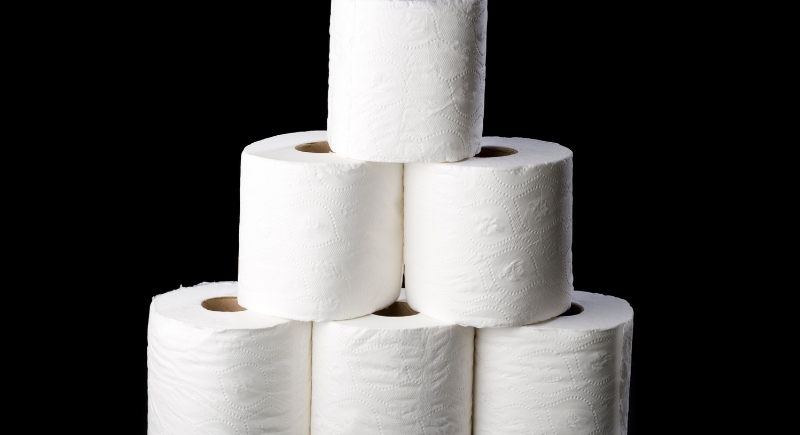
Credit: Getty Images
Few household items cause as much panic as a shortage of toilet paper. Flatten rolls by removing cardboard tubes to save space. A steady supply ensures comfort and sanitation, something that becomes vital during extended stays indoors.
Garbage Bags
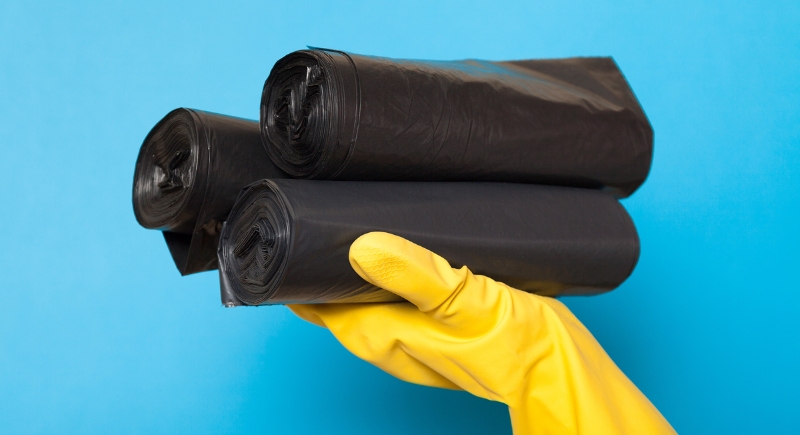
Credit: Getty Images
Heavy-duty garbage bags are more versatile than many think. They can line trash cans, keep supplies dry, or even act as emergency rain ponchos. During cleanups or unexpected leaks, they prove their worth fast. Their compact size and long shelf life make them a clever addition to any stockpile.